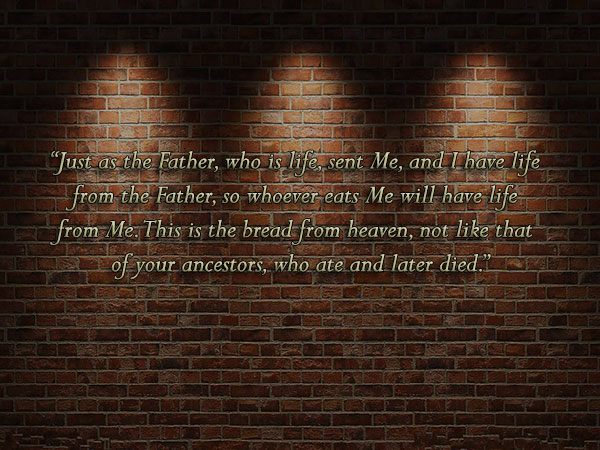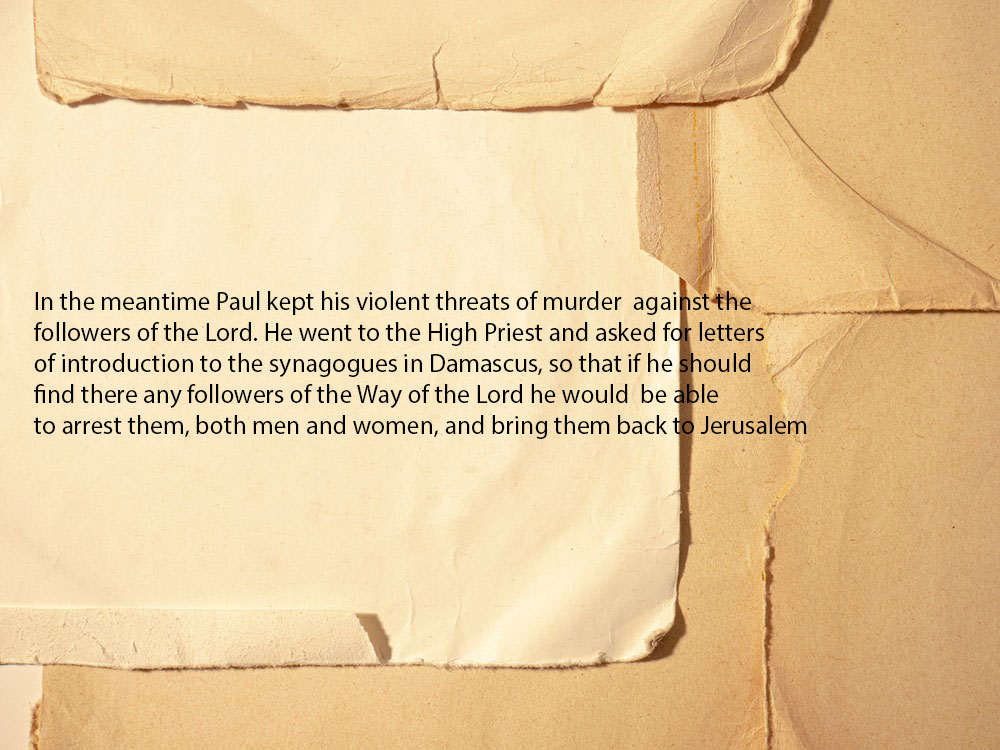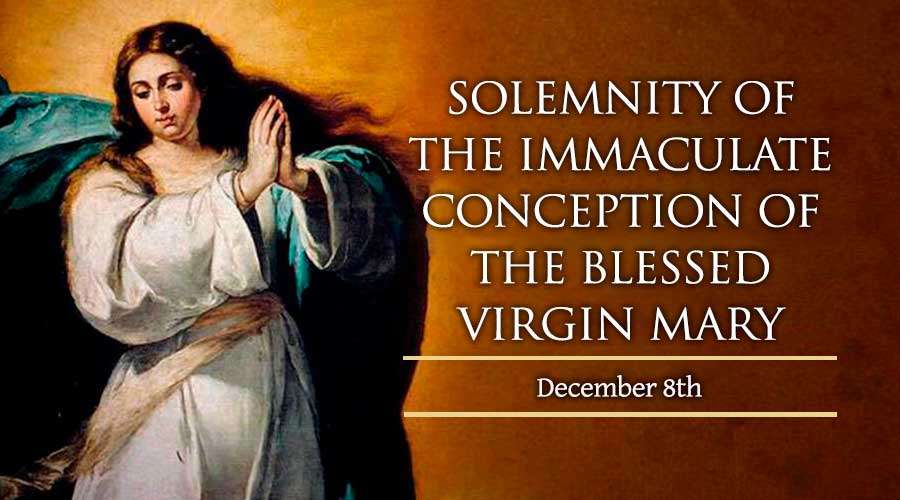Gospel: Jn 20:1-9 (or Lk 24:13-35)
Now, on the first day after the Sabbath, Mary of Magdala came to the tomb early in the morning while it was still dark, and she saw that the stone blocking the tomb had been moved away. She ran to Peter, and the other disciple whom Jesus loved, and she said to them, “They have taken the Lord out of the tomb and we don’t know where they have laid him.” Peter then set out with the other disciple to go to the tomb. They ran together, but the other disciple outran Peter and reached the tomb first. He bent down and saw the linen cloths lying flat, but he did not enter. Then Simon Peter came, following him, and entered the tomb; he, too, saw the linen cloths lying flat. The napkin, which had been around his head, was not lying flat like the other linen cloths, but lay rolled up in its place. Then the other disciple, who had reached the tomb first, also went in; he saw and believed. Scripture clearly said that Jesus must rise from the dead, but they had not yet understood that.Lectio Divina
Read: The “empty tomb experience” of Mary Magdalene, Peter, and John lead them to believe in the resurrection. God does not show partiality – the fruits of his resurrection are for all those who believe in him, beyond the limitations of class, creed or color.
Reflect: “We don’t know where they have laid him.” is the lament of Mary of Magdala. Sooner than later shall she know where he has been laid – deep in her heart as her very life. The dead Jesus who had been buried reveals himself, as Paul tells us, as the risen Christ hidden within the very being of every Christian. The tomb shall remain empty – for Christ has migrated to our hearts. Christ “easters” in us and we embody him. We are the living witnesses to the resurrection of Christ. Do our lives reveal this truth?
Pray: Lord Jesus, help us embody you before the world.
Act: Do an act worthy of the Risen Lord.© Copyright Bible Diary 2018
LATEST POSTS
- Robert Francis Prevost becomes first pope from the US, takes name Leo XIV
- Gospel Germs
- Tanka Testament
- Mayo 09, 2025
- May 09, 2025
- Black smoke rises from Sistine Chapel as first conclave vote ends without new pope
- FULL TEXT: Cardinal Re’s homily at conclave’s opening Mass
- Gospel Germs
- Tanka Testament
- Mayo 08, 2025
2014 Copyright. Claretian Communications Foundation Inc








